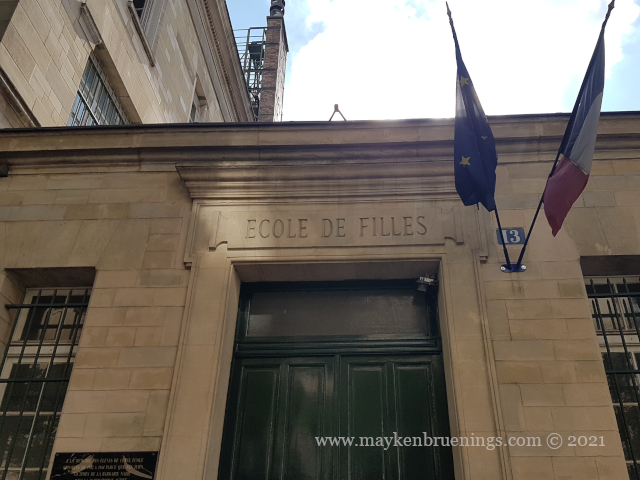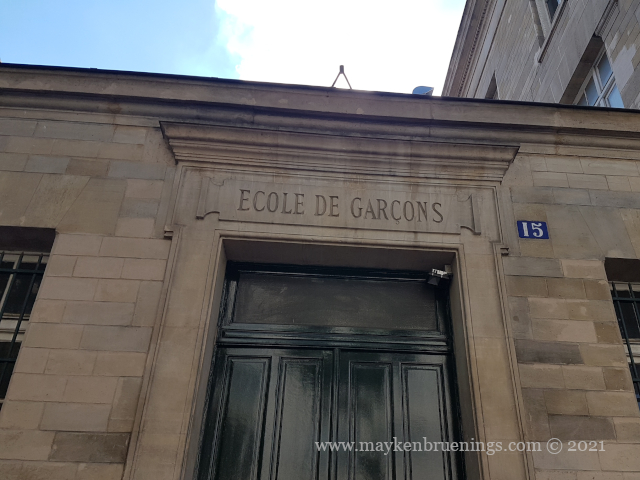School has just started again after its traditional two-months summer break, and what better time to look at the French school system?
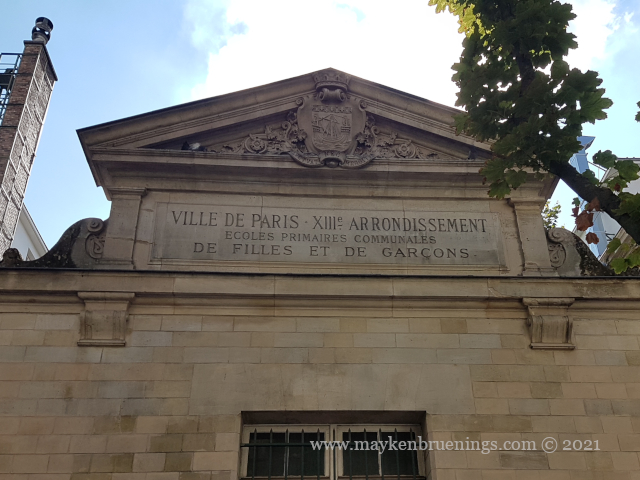
Let’s start with a quick historic fact:
In 1882, Education Minister Jules Ferry made school compulsory and free (and secular). Primary education became compulsory for both boys and girls from age six to age thirteen. Schools weren’t mixed, and girls studied different subjects from boys.
The duration of compulsory education was extended gradually, the most recent being in 2016. It is now from age three to age sixteen.
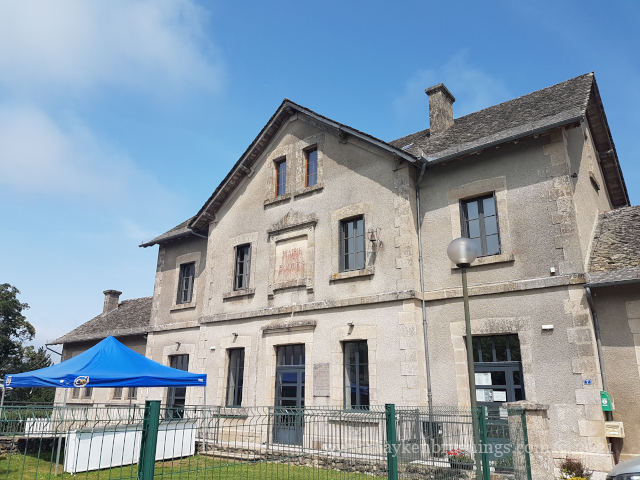
At age three, French children enter the school system via the école maternelle, literally maternity school. The three years they spend there are called Petite Section (PS), Moyenne Section (MS) and Grande Section (GS), respectively, small, middle and big section.
At age six, they enter primary school, l’école primaire. The five years they spend there are called:
cours préparartoire (CP) – preliminary course = grade 1
cours élementaire 1 (CE1) – elementary course 1 = grade 2
cours élementaire 2 (CE2) – elementary course 2 = grade 3
cours moyen 1 (CM1) – medium course 1 = grade 4
cours moyen 2 (CM2) – medium course 2 = grade 5
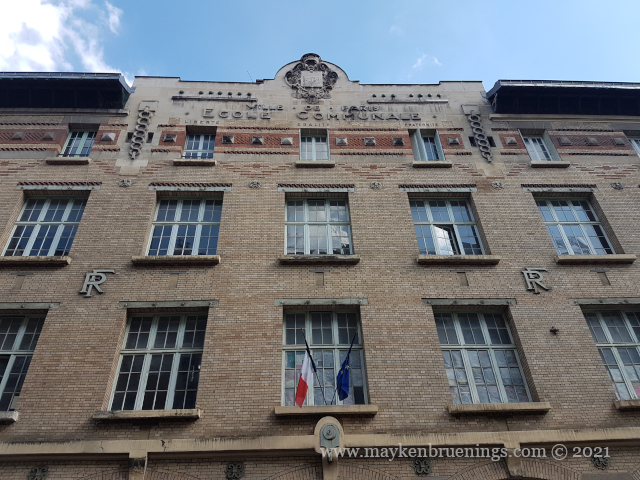
These names might sound confusing, but you have to remember that they stem from the old system where children either continued for two more years in the compulsory education (until age 13) which explains the naming of “medium” course. Boys could continue towards higher studies, first the prestigious baccalauréat and then university.
Today, the baccalauréat, or bac for short, is the French high school leaving certificate. But more on that next time.

